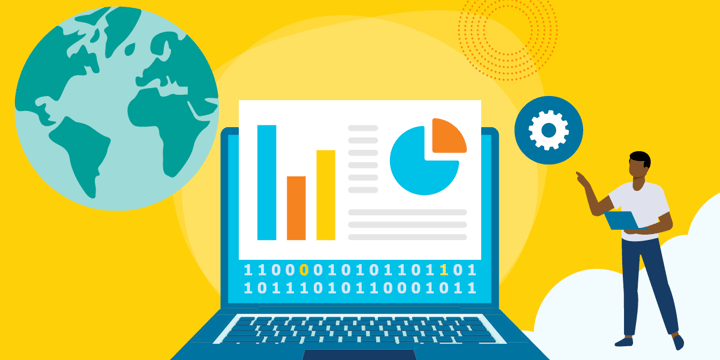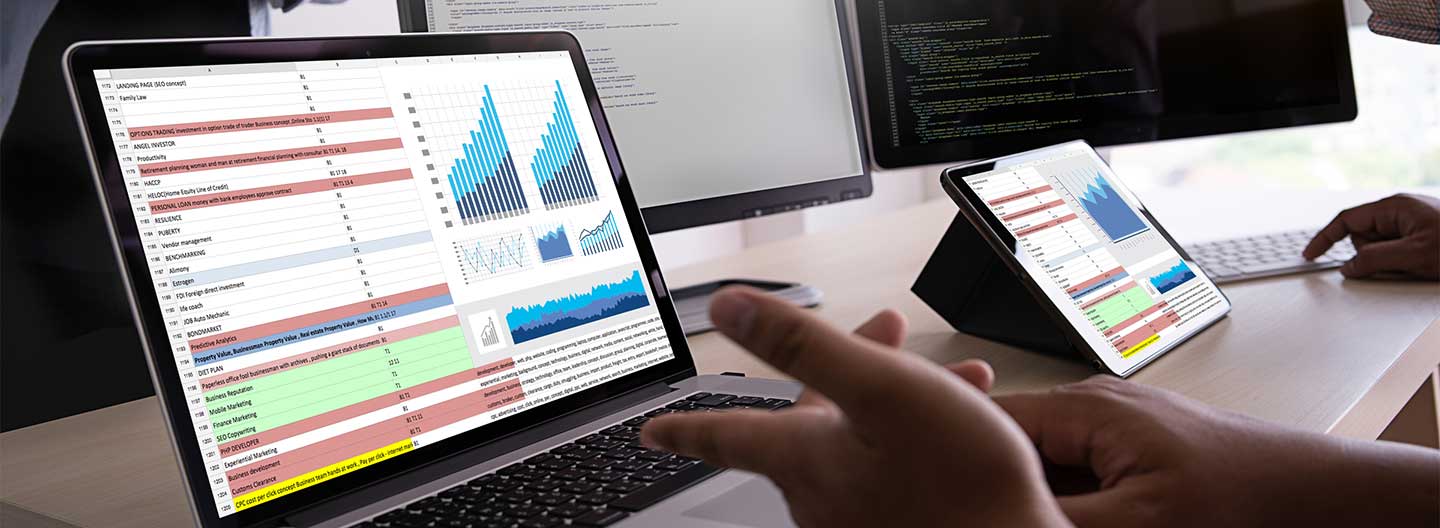With all of the time and resources that nonprofits pour into creating their programs, it's important to know whether these efforts are creating the change you need. Are you serving the communities you set out to serve? Are you meeting the requirements of your stakeholders? The answers to these questions probably exist within your organization's data, but the challenge is knowing how to make sense of it.

Familiarizing yourself with the opportunities — and risks! — of working with data can be intimidating at first. Once you start exploring your organization's data, the sheer amount of information at your fingertips can be overwhelming. Finding your way out of this maze begins by finding a strategy and plan.
For more in-depth training around data analytics in the nonprofit space, check out our series of courses on the topic, including the brand-new Data Analytics 301 course.
Your SMART Strategy
You'll begin by creating a SMART strategy, which will help you to define your wider goals. Having this strategy helps you decide which questions to focus on when analyzing your data. A SMART (Specific, Measurable, Attainable, Relevant and Time-bound) strategy generally consists of four components.
- First, define your ultimate impact and problem statement. Ask yourself what measurable results you are striving to achieve.
- Then, outline your inputs, activities, and outputs. Inputs are the resources the program requires in order to be successful. For activities, list the things your organization does to achieve its goals. And for outputs, list the results of your work that you can measure immediately.
- Next, group activities into strategies. Think about what high-level steps are required to run the program.
- Finally, define the outcomes that your strategies generate. What changes are you working to achieve in the short term?
The DeCAL Measurement Plan
Having defined your SMART goals, you're ready to start thinking about data. The DeCAL methodology is there to help you organize your data journey. The DeCAL methodology is built up of four steps:
- Define: Define the question you'd like to answer, based on your organization's measurement strategy. Questions should be measurable, clear, and concise.
- Collect: Identify where your data resides, centralize data from existing systems, and consider whether there are new ways in which you can collect data.
- Analyze: Build customized graphs, charts, and dashboards to visualize data and track progress towards goals over time. There are a range of tools you can use to do this, such as Google Analytics. TechSoup Courses also offers some great opportunities to build your analytics skills, including a brand-new Data Analytics 301 course.
- Leverage: Leverage the lessons learned from the data to allocate resources, collaborate with stakeholders, make informed decisions, and tell your story of impact.
Leverage and Learn
Finally, one step that is perhaps the most important of all is to learn. After you've used data to measure your impact and once you've leveraged your insights, it's crucial to reflect on the results and learn. Evaluate how you and your team have experienced the process, asking yourselves if your definitions were clear enough, if you were able to collect all necessary data, whether you had the right technology and skills to analyze data, and if you think you've made the most of your results. And, once again, analyze these insights and leverage them!
Become an Analytics Expert
Once you've mastered the basics, you might wonder how much more information can be gleaned from your organization's data. TechSoup Courses offers a series of analytics courses that will teach you how to understand your data. Our newest course in this track helps you to leverage your data for action, consistently channeling your learnings into a better and more effective service for your clients.
Additional Resources
- Check out the other data analytics courses in this track.
- See a webinar on How to Collect, Analyze, and Share Program Impact Data.
- Take a step toward Getting a Handle on Google Analytics.
- See a collection of Tools to Collect and Analyze Field Data.
Top photo: Shutterstock









